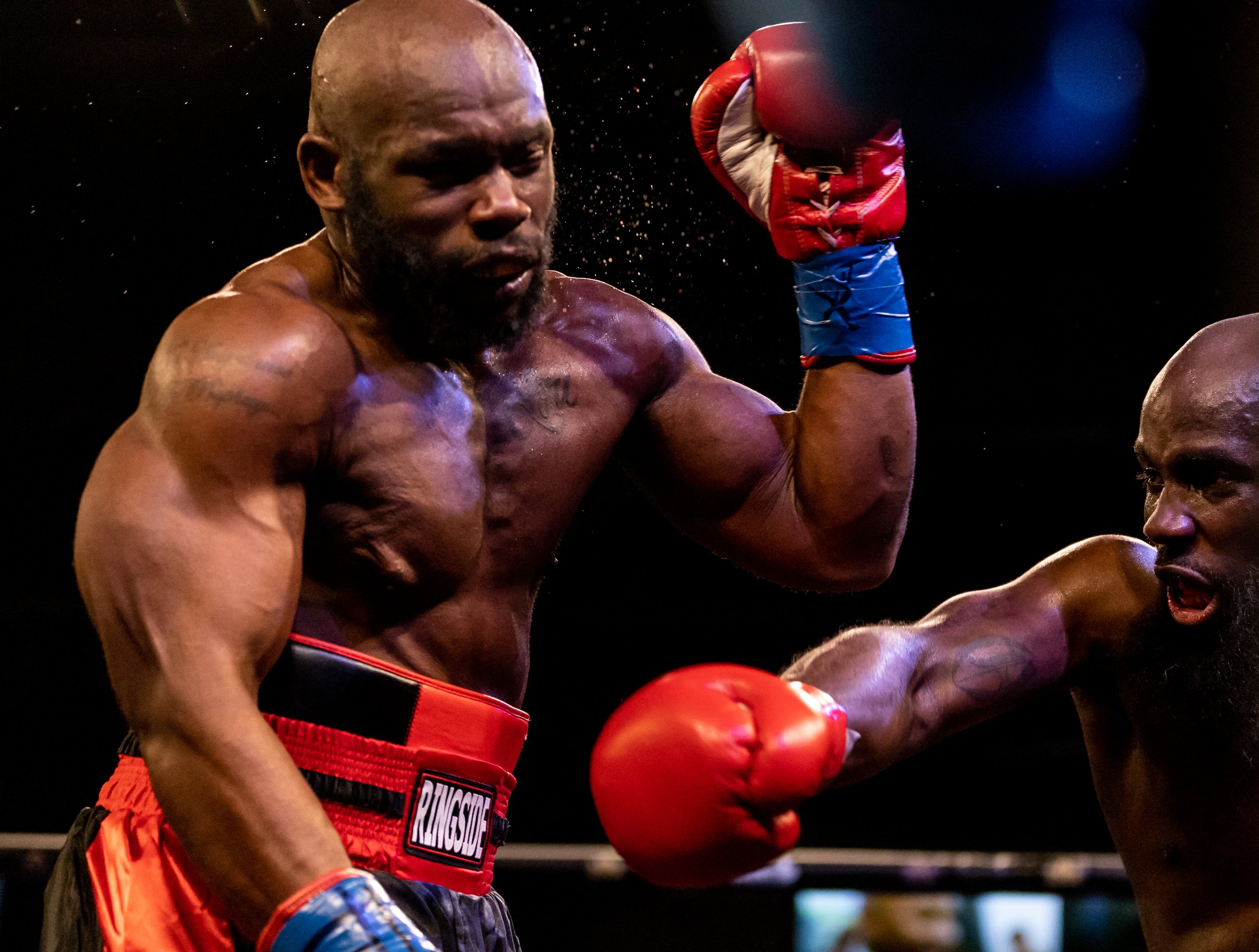How to Use Shutter Speed in Video
Shutter speed, a fundamental aspect of cinematography, not only affects the exposure of your footage but also plays a critical role in the visual storytelling process. Manipulating shutter speed creatively can enhance the narrative and emotional impact of your videos. Here are some innovative techniques to consider.
1. Slow Motion Effects
Increasing your shutter speed is essential for achieving smooth slow-motion footage. A general rule of thumb is to set your shutter speed at double the frame rate. For instance, if shooting at 120 fps, a shutter speed of 1/240 seconds will yield the desired effect. By using this technique, movements appear fluid and natural, ideal for dramatic action sequences or capturing intricate details, such as water splashes or dancers in motion. Here’s a great video from one of our favorite channels explaining different frame rates and how the work together to create awesome slow motion.
2. Creating Motion Blur
Conversely, a slower shutter speed can introduce motion blur, which can evoke feelings of speed or chaos. This technique is valuable for action scenes, such as car chases or running, where the blur amplifies the intensity. Typically, a shutter speed of 1/30 or lower can create significant motion blur, allowing the audience to feel the movement rather than merely observing it.
3. Time-lapse Photography
When creating time-lapse videos, adjusting your shutter speed can lead to compelling results. A longer shutter speed captures light and movement over time, emphasizing the passage of time when played at normal speed. This is particularly effective for scenes like sunsets, blooming flowers, or urban life, showcasing slow transformations that might otherwise go unnoticed. Dunna Did It made an amazing video showing 3 different methods to create cool time-lapses with almost any camera.
4. Enhancing Cinematic Feel
A common practice in filmmaking is to maintain the "180-degree shutter rule," meaning your shutter speed should be double your frame rate. However, deviating from this rule can add to the atmosphere of your video. For instance, if you reduce your shutter speed, the resulting footage will have a more dreamlike quality, appropriate for romantic or surreal scenes. Experimenting with this can lead to unique visual styles.
5. Evoking Emotion
Shutter speed can also influence the emotional tone of a scene. A fast shutter speed can create a sense of sharp clarity, ideal for conveying tension or urgency. On the other hand, a slower shutter can introduce a feeling of nostalgia or sadness, perfect for reflective moments in your narrative. Choosing the right shutter speed based on the desired emotional response helps guide the audience’s experience.
6. Experimenting with Light Trails
Using a slow shutter speed can allow for creative light trails, particularly in night scenes. This technique can capture the movement of traffic lights, fireworks, or even sparklers held in motion. This creative choice adds a dynamic element to your footage, making it visually captivating. Be aware of the specific light sources in your scene to control the outcome effectively.
7. Capturing High-speed Motion
For scenes featuring fast-paced action like sports or wildlife, a high shutter speed is necessary to freeze the action, making each moment crisp and clear. Shutter speeds such as 1/1000 seconds or faster can pay off during these moments, ensuring that no detail is lost. It’s an effective approach for creating impactful visuals that highlight the intricacies of speed.
High shutter speeds can increase the intensity in high speed action such as sports or fast paced action scenes.
Conclusion
Understanding and manipulating shutter speed allows filmmakers to craft compelling visual narratives and enhance the storytelling process. Whether through creating slow motion, introducing motion blur, or experimenting with time-lapses, the creative use of shutter speed can significantly impact the final outcome of your video project. By integrating these techniques into your work, you can elevate your cinematography and engage your audience in new and exciting ways.


